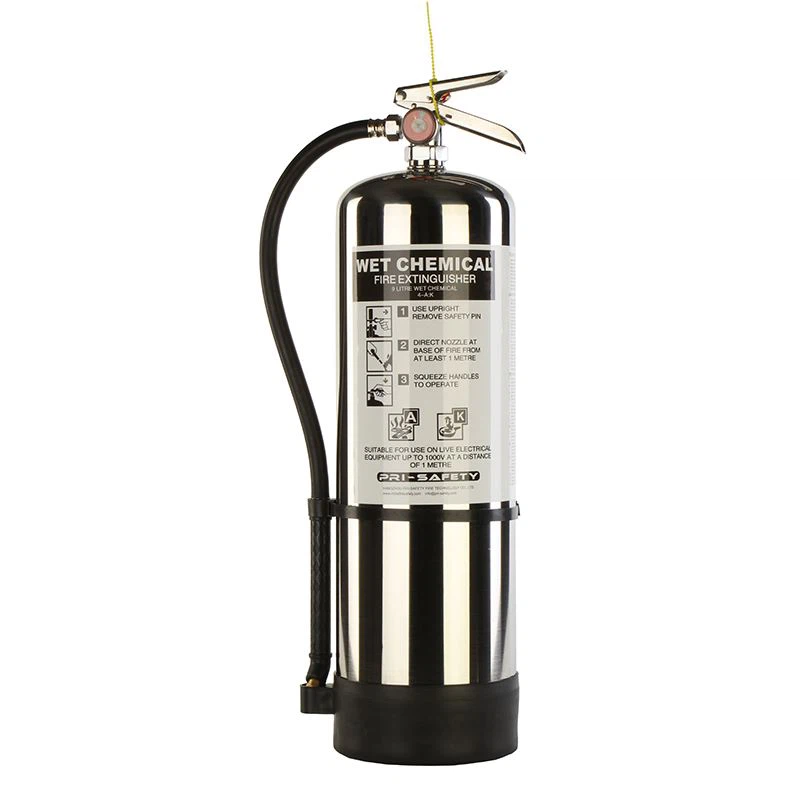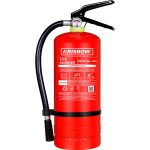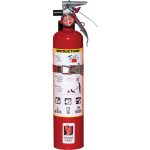Fire safety is a critical concern, especially in commercial kitchens and food preparation areas where the risk of fires ignited by cooking oils and fats is high. Class K fire extinguishers are specifically designed to combat these types of fires. Understanding their features, uses, and regulations is essential for ensuring safety and compliance in any kitchen environment. This guide will provide a comprehensive overview of Class K fire extinguisher, helping you navigate the important aspects of fire safety management.
Understanding Class K Fire Extinguishers
What is a Class K Fire Extinguisher?
Class K fire extinguishers are specially formulated to tackle fires fueled by cooking oils and fats, particularly those used in commercial kitchens. This includes vegetable oils, animal fats, and other common kitchen cooking substances. These extinguishers use a unique extinguishing agent that effectively cools and smothers the flames, preventing re-ignition.
The designation of Class K is unique in the fire extinguisher classification system, which also includes Classes A, B, C, D, and F, each targeting specific types of fires. In this system, Class K stands out for its application in kitchens and food preparation areas, making it indispensable for restaurants and other foodservice operations.
How Does It Work?
Class K extinguishers utilize a wet chemical agent, typically a solution of potassium acetate, to suppress fires. This agent works by:
- Reacting with cooking oils and fats to form a soapy layer, effectively sealing the surface and smothering the fire.
- Cooling the area to lower the temperature of the burning materials, which helps prevent re-ignition.
This dual-action method is critical, as cooking oils can reach very high temperatures and can reignite easily if not adequately treated.
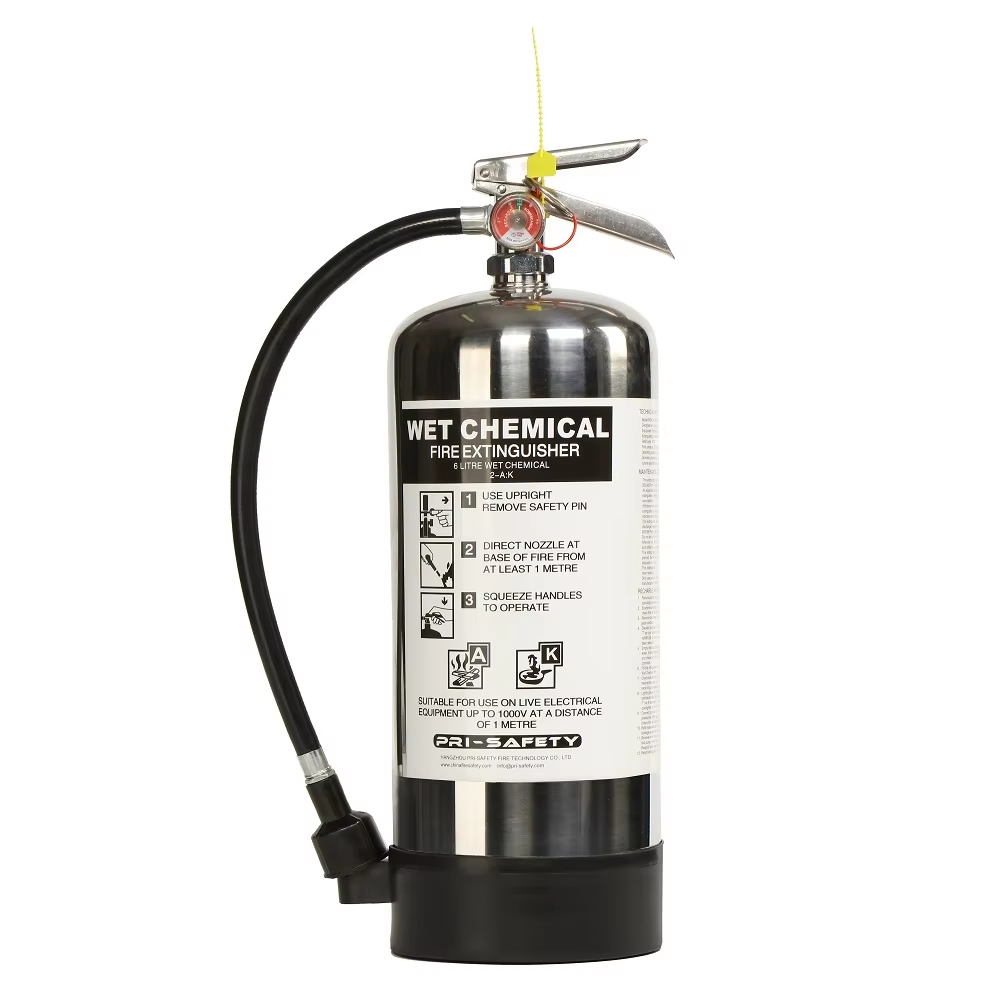
Key Features of Class K Fire Extinguishers
Design and Construction
Class K extinguishers come in various sizes, generally ranging from 1.5 to 5 gallons. Their design includes a suitable nozzle that produces a fine mist, effectively dispersing the extinguishing agent over the fire. The extinguisher body is usually constructed from durable steel to withstand pressure and corrosion, which is essential in restaurant environments.
Additionally, most Class K extinguishers feature a pressure gauge that allows users to monitor the pressure within the unit. A brightly colored label clearly indicates that it’s a Class K extinguisher, making it easy to identify during emergencies.
Maintenance Requirements
Regular maintenance is crucial for ensuring that Class K extinguishers are in optimal working condition. This includes:
- Monthly visual inspections to check for any signs of damage or corrosion.
- Annual servicing by a qualified technician to ensure compliance with safety standards.
- Hydrostatic testing every five years to assess the integrity of the cylinder.
These maintenance tasks not only extend the lifespan of the extinguisher but also ensure that it functions effectively in case of a fire.
Where to Use Class K Fire Extinguishers
Commercial Kitchens
Class K extinguishers are most commonly found in commercial kitchens, making them essential in restaurants, cafeterias, and food trucks. Their specialized design ensures they can effectively combat kitchen fires that involve oils and fats.
It’s important to strategically position these extinguishers near cooking appliances, such as fryers and grills, where the risk of ignition is greatest. This accessibility ensures a rapid response in case of an emergency, significantly enhancing safety.
Food Preparation Areas
In addition to kitchens, Class K extinguishers are suitable for any food preparation area that uses cooking oils or fats. This includes catering companies, banquet facilities, and any location where food is prepared, cooked, or served.
Proper placement in these environments helps employees feel more secure, knowing that they have appropriate fire safety measures in place.
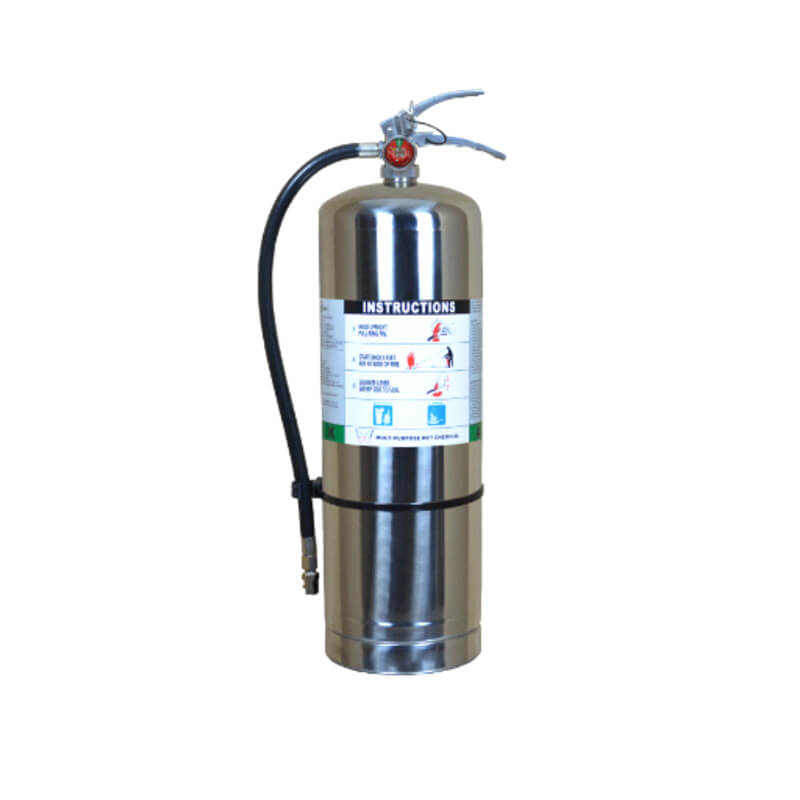
Regulations Surrounding Class K Fire Extinguishers
NFPA Standards
The National Fire Protection Association (NFPA) establishes standards that govern the use of fire extinguishers, including those for Class K. According to NFPA 10 (Standard for Portable Fire Extinguishers), all commercial kitchens must be equipped with Class K extinguishers in addition to regular fire extinguishers.
The regulations specify the minimum number of extinguishers needed based on the kitchen’s size and layout. It’s crucial for facility managers and owners to stay informed about these codes to ensure compliance and maintain safety.
Local Fire Codes
In addition to NFPA guidelines, local fire codes may also dictate additional requirements regarding fire extinguishers. Building owners must familiarize themselves with local regulations, which can vary greatly from one jurisdiction to another.
Working closely with local fire officials can help ensure compliance through regular inspections and assessments, providing peace of mind regarding safety protocols.
Training Employees on Class K Fire Extinguishers
Importance of Training
Proper training is essential for employees who may need to use Class K extinguishers in an emergency. Familiarity with the extinguisher’s operation can significantly impact response time and efficacy during a fire event. Training not only prepares staff for emergencies but also promotes a culture of safety within the workplace.
Training Programs
Employers should provide hands-on training sessions that cover the following aspects:
- Identification: How to identify a Class K extinguisher and understand its purpose.
- Operation: Demonstrating the acronym “PASS” (Pull, Aim, Squeeze, Sweep) provides a simple way to remember how to operate the extinguisher.
- Evacuation Plans: Ensuring everyone knows the evacuation procedures and routes in case of a fire.
Regular refresher courses can help reinforce this training, ensuring employees remain vigilant and capable in the event of a fire.
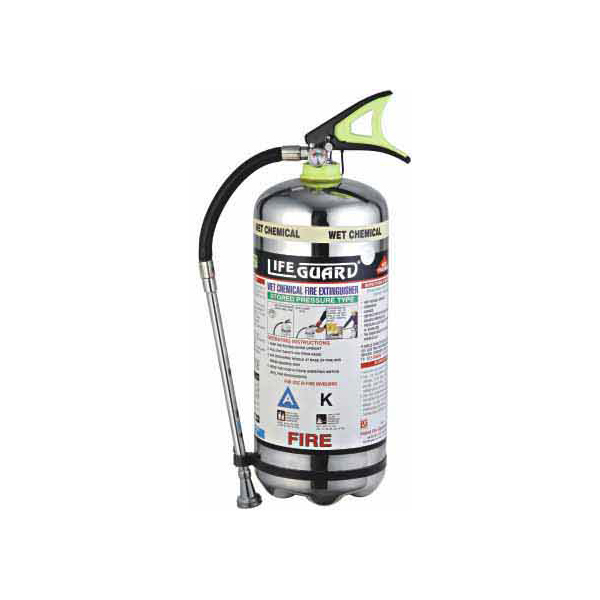
Choosing the Right Class K Fire Extinguisher
Size and Capacity
When selecting a Class K fire extinguisher, consider the size of the kitchen and the potential fire risk. Extinguishers are available in various capacities, so choose one that aligns with your needs. A common recommendation is to maintain at least one Class K extinguisher for every 400 square feet of kitchen space.
Assessing the types and quantities of cooking equipment used can also guide your decision. In larger facilities with multiple cooking stations, additional extinguishers may be necessary.
Manufacturer Reputation
Opt for reputable manufacturers when choosing a Class K extinguisher. Trusted brands like Kidde, Amerex, and Buckeye provide reliable products known for their effectiveness and quality. Additionally, consult with local fire inspection agencies for recommendations on compliant extinguishers that meet regulations in your area.
Understanding Class K Fire Extinguisher Limitations
Not Suitable for All Fires
While Class K extinguishers are specifically designed for cooking oil and fat fires, it’s essential to recognize their limitations. They are not effective against all types of fires. For example, they should not be used on electrical fires or combustible metals.
Understanding the limitations of Class K extinguishers allows employees to act wisely in emergency situations. Where other types of fires are involved, it may be necessary to use different classes of extinguishers—for instance, Class C for electrical fires.
Regular Review of Safety Protocols
Establishing a safety culture in the workplace involves regular review and assessments of safety protocols involving Class K extinguishers. Conduct periodic drills that simulate real-life scenarios. Doing so ensures that all staff members know when and how to use extinguishers effectively.
Regular audits of safety equipment, including checking for expired extinguishers, can help maintain readiness in case of emergencies, reinforcing a commitment to safety.
Ensuring Fire Safety with Class K Extinguishers
Class K fire extinguisher play an invaluable role in ensuring fire safety in commercial kitchens and food preparation areas. By understanding their unique features, appropriate uses, and regulatory requirements, you can significantly enhance the safety of your environment.
Investing in the right Class K extinguisher and providing adequate training for employees ensures preparedness in the face of fire emergencies. Ultimately, a proactive approach to fire safety safeguards lives, property, and business continuity. Being informed about the appropriate measures is paramount to fostering a secure environment in any kitchen.
